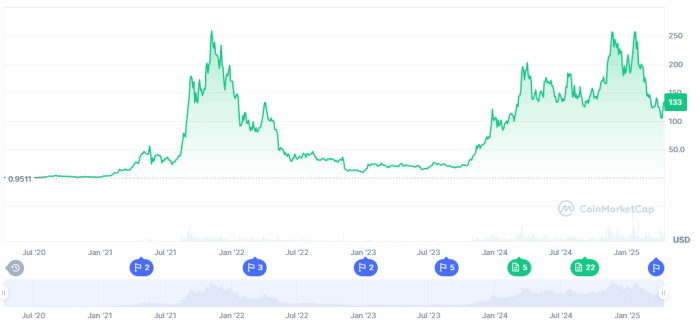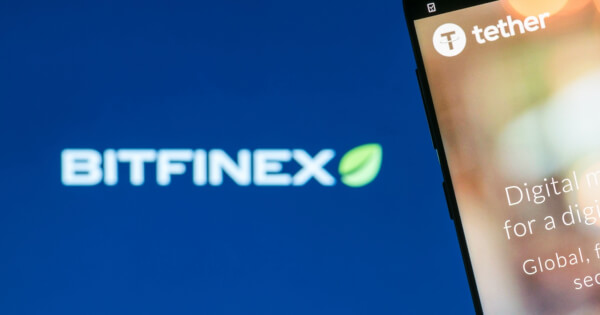This is my attempt to summarize an early blog post by Vitalik Buterin. This is a learning exercise for me and critiques/corrections are welcome. If you think something can be summarized better, please comment.
Link to the article - July 6, 2017
- There are three core groups associated with every protocol: the minority, the majority, and the protocol(users).
- Within each protocol there are 4 main adversarial actions:
1) Minority attacks the protocol
- Finney Attacks → Miner double-spending unconfirmed or single-confirmed transactions.
2) Minority attacks majority
- Feather Forking → Minority in a Proof of Work chain attempts to revert any block containing undesired transactions but giving up if the block gets two confirmations.
3) Majority attacks the protocol
- 51% attacks → Individual or group obtaining a majority of the hash power for a protocol, giving them the ability to change blocks how they see fit.
4) Majority attacks minority
- 51% censorship attack → A cartel refuses to accept any blocks from miners or validators outside of the cartel.
Casper is the implementation of Ethereum converting it from Proof of Work to Proof of stake
Casper’s goal is to make attacks on the protocol very expensive, while limiting the possible damage to victims.
The Four Attacks in Proof Of Work
- The first two attacks are costly because the attacker risks excluding their block from the chain, losing revenue.
- Attacks 3 and 4 are not defended against because it is assumed that the cost of attempting them is so high and the risk is not worth the reward.
- Proof of Work punishes dissent.
In contrast, Casper punishes equivocation. Sending conflicting messages, even if one aligns with consensus, is very heavily penalized. In finality reversion attacks (a type of 51% attack), the attackers are penalized and everyone else is left untouched.
Casper strives for this property of being very expensive to attack and avoiding allowing the majority to cause the minority to lose money.
Two More, More Challenging Attacks
- Liveness Fault - A lot of Casper Validators go offline, the consensus is prevented from reaching finality.
- Censorship Fault - A majority of Casper validators refuse to accept some transactions or refuse to accept consensus messages from other validators so that they cannot collect rewards.
There exists a dichotomy in each of these attacks: speaker/listener fault equivalence
- A scenario:
- Person B says they did not receive a message from Person A
- Two possible explanations:
- Person A did not send the message
- Person B is lying
- If the only piece of evidence we have is Person B’s claim, we can’t tell which explanation is the truth.
- Relating this to blockchains: If a protocol execution where 70% of messages are include and 30% are not, and that’s the only thing we can see, there is no way to tell whether the 30% are being censored or are offline.
- One solution is to penalize both sides, making both attacks expensive. This allows for either side to grief the other by going offline as the minority, or censoring as the majority.
- There is something called “griefing factor analysis” that can set bounds for how easy this griefing would be.
- Griefing Factor = money lost by victims / money lost by attackers
- Example: if the protocol lets me cause you to lose $3 at a cost of $1 to myself, the griefing factor is 3
- Essentially, this is a measurement of how tolerant a protocol can or should be for griefers.
- Penalizing both sides ensures that the attack must be more beneficial to the attacker than it is harmful to the network.
- A formalized way of measuring how much harm was done to a protocol is the “protocol utility function”
- At time of writing, this was simply a concept.
- It should tell us how well a protocol is doing.
- Ideally calculated on-chain.
- If something like this were formalized, penalties could be set that optimally disincentivize attacks.
The market from around the time this was written.
[link] [comments]

You can get bonuses upto $100 FREE BONUS when you:
💰 Install these recommended apps:
💲 SocialGood - 100% Crypto Back on Everyday Shopping
💲 xPortal - The DeFi For The Next Billion
💲 CryptoTab Browser - Lightweight, fast, and ready to mine!
💰 Register on these recommended exchanges:
🟡 Binance🟡 Bitfinex🟡 Bitmart🟡 Bittrex🟡 Bitget
🟡 CoinEx🟡 Crypto.com🟡 Gate.io🟡 Huobi🟡 Kucoin.
















Comments